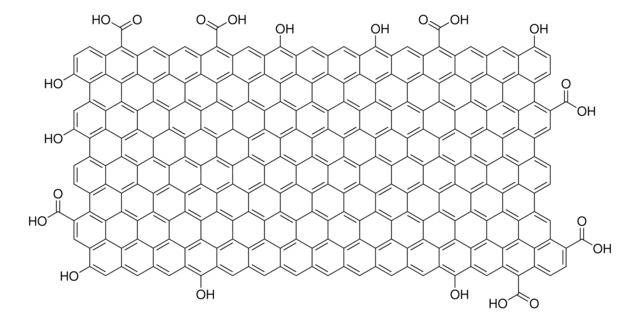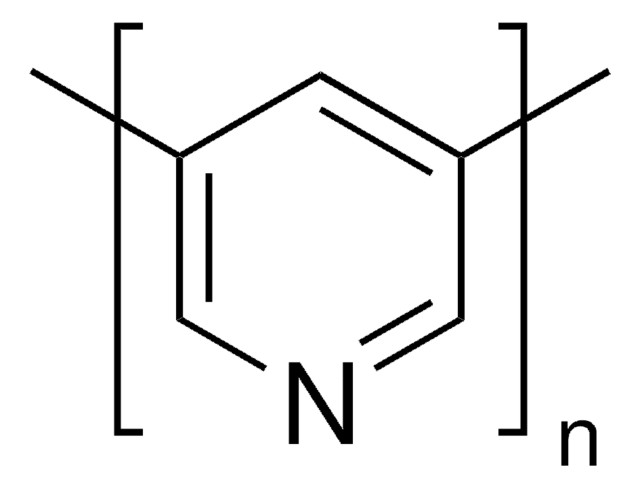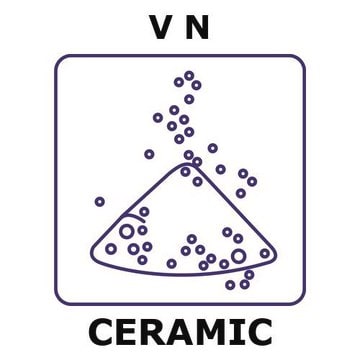595063
Titanium nitride
<3 μm
Synonym(s):
Titanium mononitride
Sign Into View Organizational & Contract Pricing
All Photos(3)
About This Item
Linear Formula:
TiN
CAS Number:
Molecular Weight:
61.87
EC Number:
MDL number:
UNSPSC Code:
12352300
PubChem Substance ID:
NACRES:
NA.23
Recommended Products
form
powder
particle size
<3 μm
mp
2930 °C (lit.)
density
5.24 g/mL at 25 °C (lit.)
SMILES string
N#[Ti]
InChI
1S/N.Ti
InChI key
NRTOMJZYCJJWKI-UHFFFAOYSA-N
Looking for similar products? Visit Product Comparison Guide
Related Categories
Storage Class Code
13 - Non Combustible Solids
WGK
WGK 3
Flash Point(F)
Not applicable
Flash Point(C)
Not applicable
Personal Protective Equipment
dust mask type N95 (US), Eyeshields, Gloves
Choose from one of the most recent versions:
Already Own This Product?
Find documentation for the products that you have recently purchased in the Document Library.
Customers Also Viewed
Allergic contact stomatitis caused by a titanium nitride-coated implant abutment: a clinical report.
Hyun-Pil Lim et al.
The Journal of prosthetic dentistry, 108(4), 209-213 (2012-10-04)
A patient developed contact mucositis after being treated with a titanium nitride implant abutment. Patch testing disclosed a positive reaction to titanium nitride. After removal of the titanium nitride-coated abutment and placement of an uncoated abutment, all signs and symptoms
Hongxia Xu et al.
ACS applied materials & interfaces, 4(2), 1087-1092 (2012-01-24)
The composite films of titanium nitride in conjunction with polystyrenesulfonate-doped poly (3,4-ethylene-dioxythiophene) (PEDOT:PSS) were prepared by a simple mechanical mixture of TiN and PEDOT:PSS under ultrasonication, which was demonstrated to deliver an effectively combined network of both high electrical conductivity
Andrzej Milenin et al.
Acta of bioengineering and biomechanics, 13(4), 11-19 (2012-02-22)
The main purpose of the research was to develop the micromodel of biocompatible titanium nitride nanocoating deposited on polymer by pulsed laser deposition method in blood chambers of Polish ventricular assist devices: POLVAD and POLVAD_EXT. The analysis of the parameters
Shanmu Dong et al.
ChemSusChem, 5(9), 1712-1715 (2012-08-07)
CAT ON A HOT TIN SUPPORT: Coaxial Pt/TiN nanotube arrays are used to achieve a superior electrocatalytic activity of platinum towards the oxygen reduction reaction (ORR). Compared to a commercial Pt/C catalyst, the Pt/TiN NTA materials delivers a higher mass activity
Vamsi Krishna Balla et al.
Journal of the mechanical behavior of biomedical materials, 6, 9-20 (2012-02-04)
The purpose of this first generation investigation is to evaluate fabrication, in vitro cytotoxicity, cell-material interactions and tribological performance of TiN particle reinforced Ti6Al4V composite coatings for potential wear resistant load bearing implant applications. The microstructural analysis of the composites
Our team of scientists has experience in all areas of research including Life Science, Material Science, Chemical Synthesis, Chromatography, Analytical and many others.
Contact Technical Service










